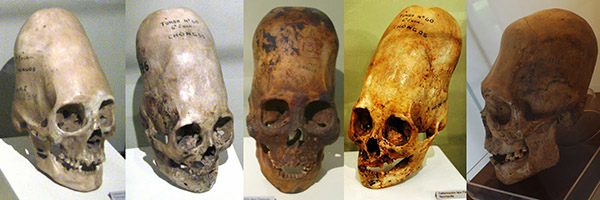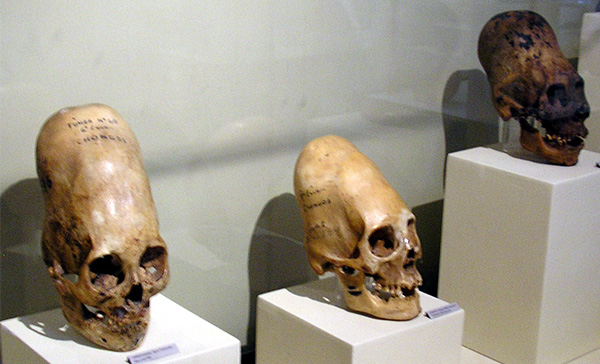February 11, 2014 - In January 2012 we defeated the SOPA and PIPA censorship legislation with the largest
Internet protest in history. Today we face another critical threat, one that again undermines the Internet and the notion that any of us live in a genuinely free society:
mass surveillance.
In celebration of the win against SOPA and PIPA two years ago, and in memory of one of its leaders, Aaron Swartz, we are planning a day of protest against mass surveillance, to take place this February 11th.
If you’re in the US: Thousands of websites will host banners urging people to call/email Congress. We’ll ask legislators to oppose the FISA Improvements Act, support the USA Freedom Act, and enact protections for non-Americans.
If you’re not in the US: Visitors will be asked to urge appropriate targets to institute privacy protections.
Here’s the press release:
A broad coalition of activist groups, companies, and online platforms will hold a worldwide day of activism in opposition to the NSA’s mass spying regime on February 11th. Dubbed “The Day We Fight Back”, the day of activism was announced on the eve of the anniversary of the tragic passing of activist and technologist Aaron Swartz. The protest is both in his honor and in celebration of the victory over the
Stop Online Piracy Act two years ago this month, which he helped spur.
Participants including Access, Demand Progress, the Electronic Frontier Foundation, Fight for the Future, Free Press, BoingBoing, Reddit, Mozilla, ThoughtWorks, and more to come, will join potentially millions of Internet users to pressure lawmakers to end mass surveillance — of both Americans and the citizens of the whole world.
On January 11, 2013,
Aaron Swartz took his own life. Aaron had a brilliant, inquisitive mind that he employed towards the ends of technology, writing, research, art, and so much more. Near the end of his life, his focus was political activism, in support of civil liberties, democracy, and economic justice.
Aaron sparked and helped guide the movement that would eventually defeat the
Stop Online Piracy Act in January 2012. That bill would have destroyed the Internet as we know it, by blocking access to sites that allowed for user-generated content — the very thing that makes the Internet so dynamic.
David Segal, executive director of Demand Progress, which he co-founded with Swartz, said: “Today the greatest threat to a free Internet, and broader free society, is the National Security Agency’s mass spying regime. If Aaron were alive he’d be on the front lines, fighting back against these practices that undermine our ability to engage with each other as genuinely free human beings.” According to Roy Singham, Chairman of the global technology company ThoughtWorks, where Aaron was working up until the time of his passing:
“Aaron showed us that being a technologist in the 21st century means taking action to prevent technology from being turned against the public interest. The time is now for the global tribe of technologists to rise up together and defeat mass surveillance.”
According to Josh Levy of Free Press:
“Since the first revelations last summer, hundreds of thousands of Internet users have come together online and offline to protest the NSA’s unconstitutional surveillance programs. These programs attack our basic rights to connect and communicate in private, and strike at the foundations of democracy itself. Only a broad movement of activists, organizations and companies can convince Washington to restore these rights.”
Brett Solomon, Executive Director, Access, added:
“Aaron thought in systems. He knew that a free and open internet is a critical prerequisite to preserving our free and open societies. His spirit lives in our belief that where there are threats to this freedom, we will rise to overcome them. On February 11th, we’ll rise against mass surveillance.”
On the day of action, the coalition and the activists it represents make calls and drive emails to lawmakers. Owners of websites will install banners to encourage their visitors to fight back against surveillance, and employees of technology companies will demand that their organizations do the same. Internet users are being asked to develop memes and change their social media avatars to reflect their demands.
Websites and Internet users who want to talk part can visit TheDayWeFightBack.org to sign up for email updates and to register websites to participate. Regular updates will be posted to the site between now and the February 11th day of action.
WHAT: Day of Action in Opposition to Mass Spying, Honoring
Aaron Swartz and SOPA Blackout Anniversary
WHEN: February 11, 2014
HOW INTERNET USERS CAN HELP:
Visit
http://www.TheDayWeFightBack.org
Sign up to indicate that you’ll participate and receive updates.
Sign up to install widgets on websites encouraging its visitors to fight back against surveillance. (These are being finalized in coming days.)
Use the social media tools on the site to announce your participation.
Develop memes, tools, websites, and do whatever else you can to participate — and encourage others to do the same.













 Pesticidenlandbouw versus biologisch landbouw. Wat is beter? Dit is een retorische vraag want vrijwel iedereen, behalve de boer die zijn boterham verdient met pesticidenlandbouw zal antwoorden dat biologische landbouw beter is voor mens en mileu. In dit artikel staan 10 argumenten gerangschikt waaruit blijkt dat pesticidenlandbouw een jammerlijke miskleun is van onze maatschappij. Het leidt tot milieuvervuiling en kanker.
Pesticidenlandbouw versus biologisch landbouw. Wat is beter? Dit is een retorische vraag want vrijwel iedereen, behalve de boer die zijn boterham verdient met pesticidenlandbouw zal antwoorden dat biologische landbouw beter is voor mens en mileu. In dit artikel staan 10 argumenten gerangschikt waaruit blijkt dat pesticidenlandbouw een jammerlijke miskleun is van onze maatschappij. Het leidt tot milieuvervuiling en kanker.







